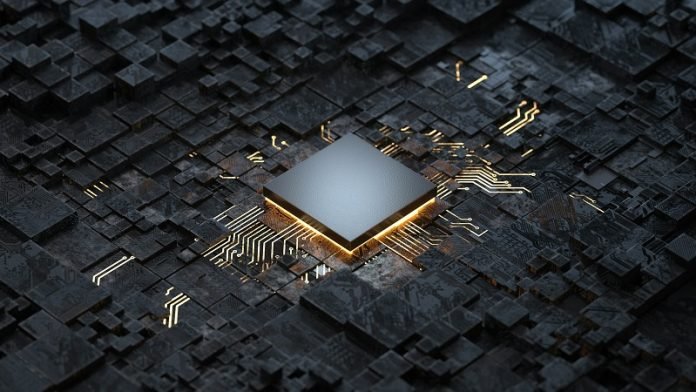
In the world of computers and gadgets, a group of smart scientists led by Professor Hyuk-jun Kwon has made a big leap.
They’ve created a new kind of memory chip that not only lasts longer but also works in hot places where other chips might give up.
This is great news, especially for super-smart computers and devices that need to remember a lot without taking a break, like those used in artificial intelligence, handling big amounts of data, or connecting everyday devices over the internet.
Normally, making these memory chips has been a bit like baking a very delicate cake that only works out with the oven set just right.
The method most people used needed high temperatures to work, which is like needing the oven to be really hot.
This made it hard to make these chips without a bit of a mess, and they couldn’t always be trusted to work the same way every time.
But Professor Kwon and his team, including a bright researcher named Bong-ho Jang, thought of a clever way around this problem.
They used a special trick called combustion synthesis. Imagine if you could bake the cake without preheating the oven because the ingredients themselves get hot enough on their own to cook through.
That’s what they did, but with chemicals needed to make the memory chips instead of cake ingredients.
By combining this clever baking trick with light from the sun (well, ultraviolet rays, to be precise), they managed to make a very special layer out of zirconium oxide (ZrO2) even at cooler temperatures.
This layer is crucial for the new memory chips to work well.
The best part? The memory chips they made with this new method are super tough.
They can go through more than 1,000 rounds of being written and erased without getting tired.
Plus, they can keep information safe for over 100,000 seconds (that’s more than a day!) even in hot conditions. This is like having a notebook that you can erase and rewrite in over and over again, without the ink fading away, even on a hot summer day.
Before this, Professor Kwon’s team had already shown that they could make another type of chip, called thin-film transistors, in a cooler and simpler way using the same trick.
This time, they’ve taken it a step further by making a memory chip that’s not only tough and reliable but can also be made in a cooler and more cost-effective way.
This breakthrough is not just about making one cool gadget. It opens the door to making lots of high-tech devices more efficiently and reliably.
This means that the future of computing, especially for systems that need to learn and adapt, like artificial intelligence, or for devices that are part of the Internet of Things, is looking brighter.
Professor Kwon believes that this new method will help make lots of these smart devices without breaking the bank or the environment.
The details of this exciting development have been shared in the Journal of Materials Science & Technology, letting other scientists and engineers in on the secret to making better, tougher memory chips for the next generation of computing.



